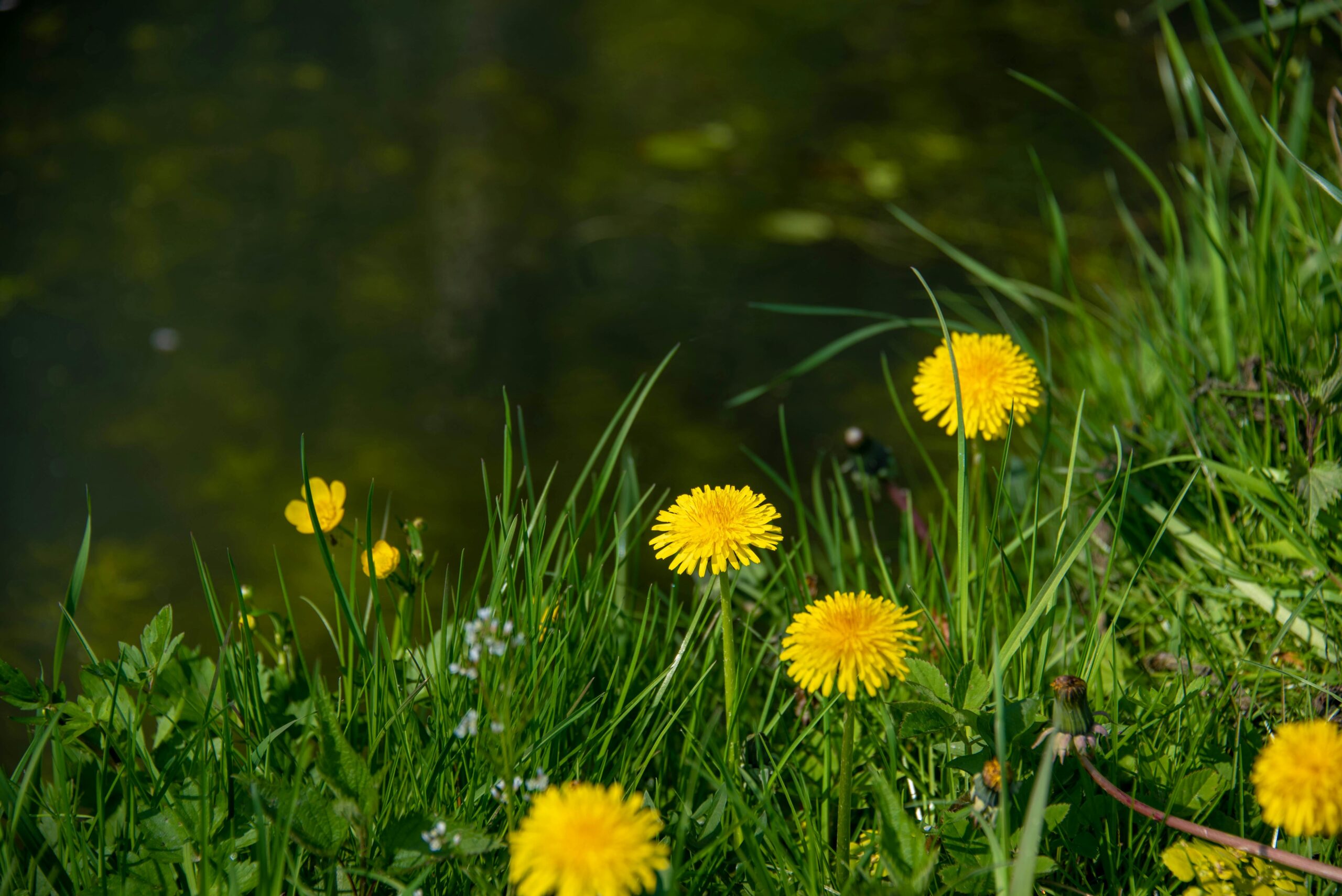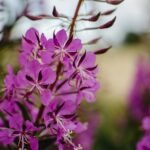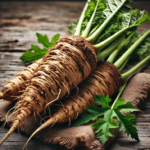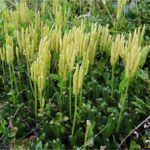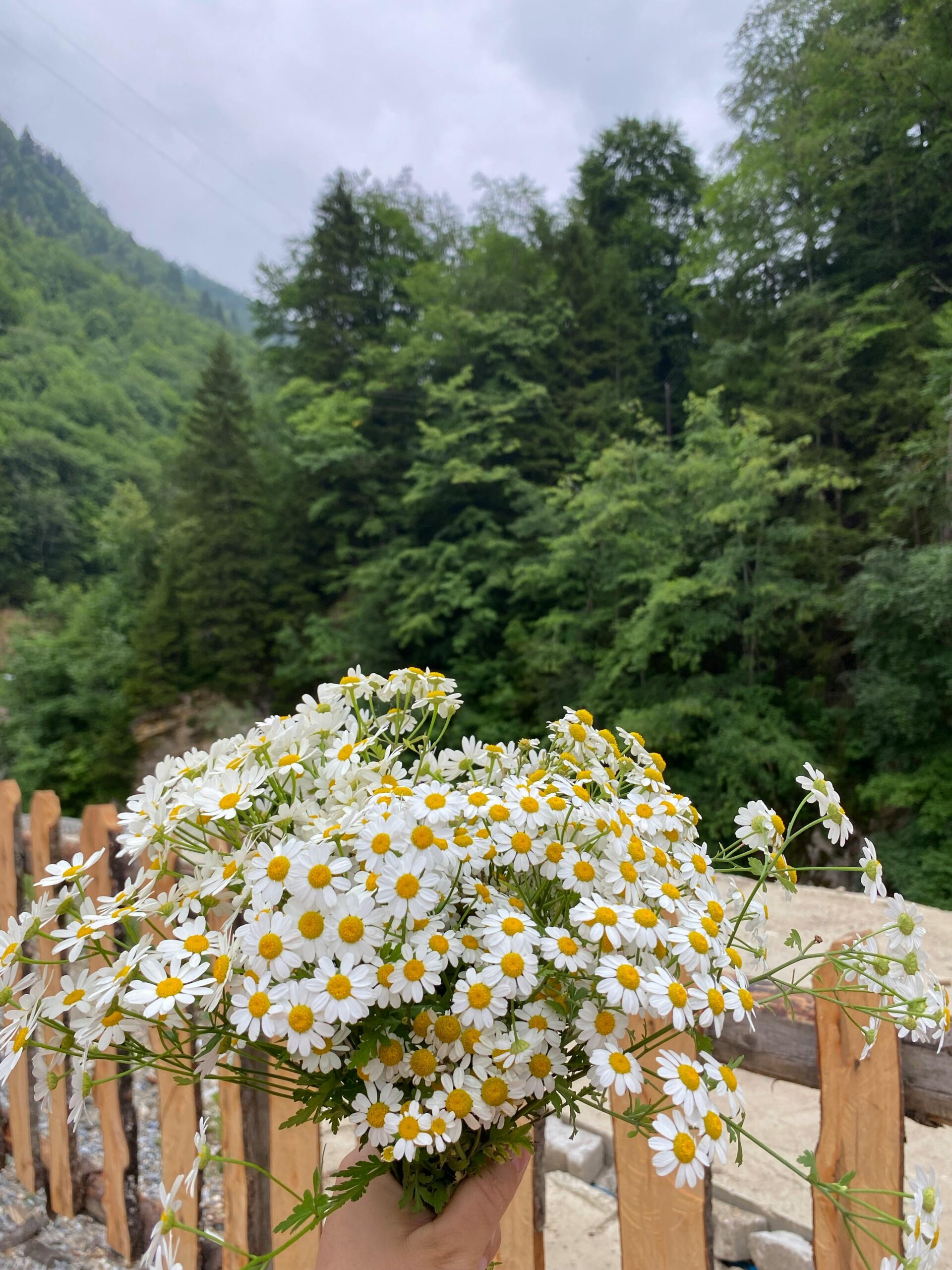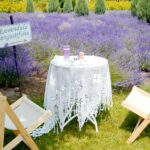Greater Celandine (Chelidonium majus): Therapeutic Properties, Uses and Precautions
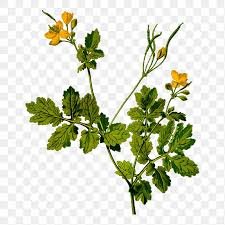
Greater celandine, commonly known as “wart-grass” or “jailhouse weed,” is a perennial herb in the Papaveraceae family, native to Europe and Asia. It typically grows in shady areas, at forest edges or on uncultivated land, and has a long history in traditional medicine for a wide range of therapeutic applications. Its scientific name, Chelidonium majus, derives from the Greek “chelidon,” meaning swallow, reflecting the ancient belief that the plant blooms with the arrival of these birds.
Chemical Composition and Main Properties
Greater celandine is valued in phytotherapy for its complex, potent composition, notably:
- Benzophenanthridine alkaloids: chelidonine, sanguinarine, berberine—known for analgesic, antispasmodic, antimicrobial and antiviral actions.
- Flavonoids: antioxidants protecting cells from oxidative stress.
- Organic acids: malic and citric acids, which support digestive function and detoxification.
- Vitamin C: essential for immune health and skin integrity.
Together, these constituents confer anti-inflammatory, detoxifying, antimicrobial and spasmolytic effects.
Therapeutic Benefits and Uses of Greater Celandine
Greater celandine is regarded as an effective remedy for a broad spectrum of conditions thanks to its therapeutic properties. Common applications include:
- Liver detoxification and protection: Traditionally used to support hepatic function and stimulate bile flow, indicated in cases of liver weakness, jaundice or biliary disorders.
- Digestive disorder relief: Helps alleviate gastric discomfort, such as spasms, bloating and slow digestion.
- Antimicrobial and antiviral actions: Applied externally, it is effective in treating warts, eczema and skin infections.
- Analgesic effect: Alkaloids in celandine act as natural painkillers, reducing pain and inflammation.
Greater Celandine Tea: Preparation and Uses
Greater celandine tea is one of the most popular preparations in phytotherapy. Given its powerful alkaloids, it must be used sparingly and only for short periods.
Simple Greater Celandine Tea Recipe
- Ingredients: ½ tsp dried celandine, 250 ml hot water
- Preparation: Infuse for 10 minutes, then strain.
- Indications: Primarily recommended for liver detoxification and stimulating bile secretion. Consume one cup per day for a maximum of two weeks to avoid potential side effects.
Greater Celandine and Dandelion Tea
- Ingredients: ½ tsp celandine, 1 tsp dandelion, 250 ml hot water
- Preparation: Infuse 10–15 minutes, then strain.
- Benefits: Supports liver health and toxin elimination, recommended for slow digestion and bolstering hepatic function.
Greater Celandine Tincture: Preparation and Benefits
The tincture is a concentrated form used for hepatic, digestive and cutaneous issues (external use only).
Greater Celandine Tincture Recipe
- Ingredients: 50 g dried celandine, 250 ml 40–50% alcohol
- Preparation: Macerate in a dark place for 2–3 weeks, shaking daily. Strain and store in dark glass bottles.
- Indications: Should be administered internally only under specialist supervision due to alkaloid toxicity potential. Externally, apply to warts, skin infections or eczema.
Compresses and Ointments with Greater Celandine
Greater celandine is renowned for external application in warts and skin infections.
Greater Celandine Compress
- Preparation: Infuse 2 tbsp dried celandine in 250 ml hot water for 15 minutes, then strain.
- Use: Soak a compress in the infusion and apply once a day for a few minutes to warts, minor wounds or eczema.
Greater Celandine Ointment
- Preparation: Mix concentrated celandine infusion with 50 g animal fat or coconut oil over gentle heat until homogeneous, then cool.
- Benefits: Used for warts, eczema and skin irritations, applied 1–2 times daily.
Greater Celandine in Cosmetics
In cosmetics, greater celandine is prized for its antimicrobial and anti-inflammatory effects, included in treatments for oily and acne-prone skin. Diluted infusion in a toner or as compresses can reduce inflammation and redness, but must be used sparingly due to irritation risk.
Precautions and Contraindications
Greater celandine is a potent herb and requires caution:
- Small doses & short periods: High alkaloid content means it should not be used long-term.
- Pregnancy & breastfeeding: Its compounds can be harmful to mother and fetus/infant.
- Medical supervision: Internal use only under a specialist’s guidance, especially in those with hepatic, digestive disorders or on other medications.
Conclusion
Greater celandine is a versatile plant with numerous therapeutic benefits for the liver, digestion and skin. However, correct administration under expert oversight is crucial given its powerful effects.
Compresses and Ointments with Greater Celandine
Greater celandine is renowned for its external application in the treatment of warts and skin infections. Preparations based on greater celandine, such as compresses and ointments, are effective for skin conditions due to their antimicrobial and anti-inflammatory actions.
Greater Celandine Compresses
- Preparation: Make a concentrated infusion by steeping 2 tablespoons of dried greater celandine in 250 ml of hot water. Leave to infuse for 15 minutes, then strain.
- Use: Soak a compress in the infusion and apply to warts, superficial wounds or eczema. It is recommended to apply once a day for a few minutes.
Greater Celandine Ointment
- Preparation: Prepare an ointment by combining the concentrated greater celandine infusion with 50 g of lard or coconut oil. Heat gently until fully blended, then allow to cool.
- Benefits: Used for warts, eczema and skin irritations, applied 1–2 times a day.
Greater Celandine in Cosmetics
In the cosmetic field, greater celandine is valued for its antimicrobial and anti-inflammatory effects, being included in treatments for oily and acne-prone skin. Applied as compresses or diluted in a toner, greater celandine infusion can help reduce inflammation and redness, but must be used sparingly due to the risk of irritation.
Precautions and Contraindications
Greater celandine is a potent plant and must be used with caution:
- Small doses and short periods: Due to its strong alkaloids, greater celandine should not be used long-term.
- Contraindicated in pregnancy and breastfeeding: Its compounds can be harmful to both mother and fetus/infant.
- Medical supervision required: Internal administration should be under specialist guidance, especially for individuals with liver or digestive conditions, or those on other treatments.
Conclusion
Greater celandine is a versatile herb with multiple therapeutic benefits. Its use can bring significant advantages to liver health, digestion and skin conditions, yet correct administration under expert supervision is essential.ă cu efecte puternice, este important ca utilizarea rostopascăi să fie realizată sub supravegherea unui specialist în fitoterapie.
- Hardy Perennial. Flowers: April to October. Height: 90cm. Position: Sun to shade in any soil.
- Packet of 100 seeds supplied with detailed growing guide.
- Handpacked in the UK in recyclable paper packaging.
- Ancient species of wildflower dating back to Roman times, commonly seen on verges, waste ground and at the base of hedge…
- Part of the “The Difference is JustSeed” Seed Range
- Genuine Just Seed Branded products only supplied direct by JustSeed UK .
- Professional Seed Company Defra Registered 7291 , Organic Registration AP23164
- All Seeds Packed and labelled with helpful growing information
- Genuine Plant World Seeds branded packets supplied direct from Plant World Seeds UK
- Height: 45cm
- Packet content (approximately): 300+
- Large numbers of heavily doubled cup-shaped tiny yellow “poppies” are massed in branching sprays. Finely divided leaves …
- 🪒 Reduces ingrown hairs, razor bumps and redness after shaving or waxing.
- ☁️ Softens and relieves sensitive areas, providing hydration and comfort.
- 🌟 Improves appearance of dark spots, blemishes, scars and stretch marks.
- 💦 Soothes itchiness, calms irritation and restores your vulva area.
- 🌿 100% natural and fragrance-free.
What is greater celandine (Chelidonium majus) and why is it so valued in traditional medicine?
Greater celandine, also known as “wart herb” or “jailer’s weed,” is a perennial plant in the Papaveraceae family. It is recognised for its rich content of alkaloids (chelidonine, sanguinarine), organic acids and flavonoids, and has been used for centuries in folk remedies. The plant is especially prized for its detoxifying and anti-inflammatory properties, as well as its beneficial role in liver support and digestive health. Thanks to its antimicrobial effects, greater celandine can also be used to treat warts, minor burns and other skin conditions.
Which active compounds in greater celandine contribute to its therapeutic effects?
The main active constituents include:
- Alkaloids (chelidonine, sanguinarine, berberine): exhibiting antispasmodic, analgesic, antimicrobial and mildly sedative effects.
- Flavonoids: powerful antioxidants and anti-inflammatory agents that protect cells from oxidative stress.
- Organic acids (malic, citric): which support digestive function and detoxification processes.
- Vitamins (notably vitamin C): which aid immune function and skin health.
These compounds enable greater celandine to help relieve cramps, reduce inflammation, support liver function and soothe skin irritations.
- Why is greater celandine considered particularly useful for liver and digestive support?
Greater celandine exerts choleretic and cholagogue actions—stimulating bile production and easing its flow into the intestine. This facilitates the digestion of fats and prevents biliary congestion. As a result, the plant is used to alleviate abdominal discomfort, bloating and mild liver ailments. Its detoxifying and anti-inflammatory effects further enhance liver health, promoting the elimination of toxins from the body. - How is greater celandine tea prepared and used correctly?
- Ingredients: ½ teaspoon dried greater celandine, 250 ml boiling water
- Preparation: Infuse for 10–15 minutes, then strain
- Dosage: 1 cup per day, for no more than 2 consecutive weeks
Because greater celandine contains potent alkaloids, it is essential to adhere strictly to the small dose and short duration to avoid possible toxic effects.
- What other herbs can be combined with greater celandine for enhanced therapeutic effect, and in which situations?
Greater celandine is often paired with:
- Dandelion: boosts detoxifying effects and liver support
- Artichoke: further stimulates bile secretion and digestion
- Yarrow: adds anti-inflammatory relief to the digestive tract and eases spasms
- Chicory: helps regulate intestinal transit and enhances elimination processes
These combinations are typically used in teas or tinctures to support liver function, relieve biliary problems and improve digestion.
- How is a greater celandine tincture made, and what are its main uses?
- Preparation: Macerate 50 g dried greater celandine in 250 ml alcohol (40–50%) for 2–3 weeks, shaking daily. After maceration, strain and store in dark bottles.
- Dosage: 5–10 drops diluted in water, twice daily (not for long-term use)
- Indications: The tincture is a concentrated form used internally for hepatic and digestive disorders, and externally for skin conditions (warts). Always with caution and ideally under medical supervision, as it can become toxic in large doses.
- Can greater celandine be used externally for warts and other skin issues?
Yes. The milky orange latex from the fresh stem is applied directly to warts 2–3 times daily for several weeks. Alternatively, compresses with diluted tincture or a concentrated infusion may be applied to affected areas. Application should be confined to the lesion and avoid contact with healthy skin to prevent irritation. - What precautions should be taken before starting treatment with greater celandine?
- Strict dose compliance: The plant contains potentially toxic alkaloids; exceeding the recommended dose may cause adverse reactions.
- Limited duration: Do not use long term (generally limited to 2 weeks), due to toxicity risk.
- Avoid in pregnancy and breastfeeding: Compounds may be hazardous to mother and infant.
- Check drug interactions: May interact with hepatic or biliary medications—consult a specialist.
- Serious liver conditions: Medical advice is essential, as greater celandine may further stress the liver.
- Does greater celandine offer benefits for respiratory conditions or only for liver and digestive issues?
While its primary renown is for liver, bile and skin conditions, greater celandine may provide some respiratory relief due to its calming and antispasmodic action. However, it is less commonly used for respiratory ailments and is more effective in hepatic, biliary, wart and other cutaneous remedies. - How can greater celandine be integrated into a healthy lifestyle, and what other measures enhance its benefits?
- Use greater celandine (tea/tincture) in moderate doses, for limited periods (1–2 weeks).
- Combine with a balanced diet rich in vegetables, fruits and healthy proteins, supporting liver and digestive function.
- Maintain hydration and an active lifestyle to aid detoxification processes.
- Consult a phytotherapy specialist if you have pre-existing conditions or are on medication, to prevent interactions and adverse effects.
When used correctly and with caution as part of an overall balanced regimen, greater celandine can be a valuable ally in maintaining health.









